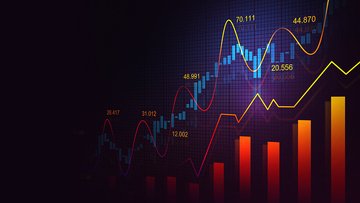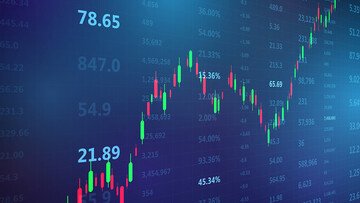The volatility is a statistical measure of the dispersion of profits relative to a given asset or market index. Volatility can be measured using one standard deviation and the variance between the profit on the same asset or market index. In general, the higher the volatility, the more risky the instrument you are trading on.
Volatility refers to the amount of uncertainty or risk based on the size of changes in the value of an asset.
- * A greater volatility implies that the value of an asset can potentially be spread over a wider range of values. This means that the price can change dramatically in a short period of time in either direction.
- * A lower volatility means that the value of an asset does not change significantly, but changes at a constant rate over a given period of time.
A measure of the relative volatility of a given stock relative to the market is its beta. Beta approximates the overall volatility of asset returns versus the returns of a relevant benchmark. For example, a stock with a beta value of 1.1 historically has a potential of 110% for every 100% movement of the benchmark, based on the price level. In contrast, a stock with a beta of .9 has historically moved 90% with every 100% move in the underlying index.








